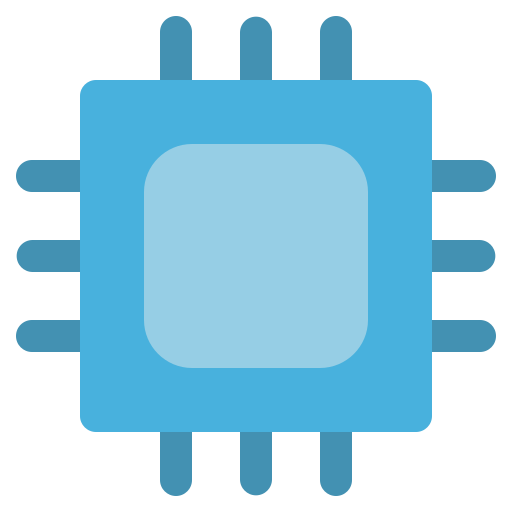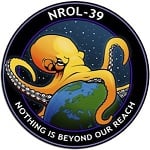- cross-posted to:
- [email protected]
- cross-posted to:
- [email protected]
In that sense, Apple’s move to USB-C has been no better than any other Android implementation before it, but it’s also failed to explore useful features like USB PD PPS for faster charging. Still, Lightning certainly wasn’t any better in any of these regards, so it’s still a change for the better.
I think the real takeaway is that Apple was always going cheap on their connector setups and supplied cables for their lower end gear, this change just makes it more obvious because of the difect comparison to other manufacturers.
Yeah, you can tell they aren’t even trying. It isn’t like getting USB 3.0 connections is some amazing feat, and they can’t even be bothered with that on an $800 phone.
The article complains about 20W charging speed being too slow, but if you care about your battery longevity, the slower the better. Those 5W bricks they used to ship with every phone were perfect and are still what I use for charging my phones. I actually never bought a phone with one, but picked up a few for cheap used.
So how long does the battery need to be above what capacity? My phone is now 4 years old and at 75 % remaining design capacity. I charge it up to 100 % 1.3 times per day over the last 30 days average. I love and use quick charging at every occasion other than over night, where I do not care since it will be full anyway. If I were to replace the battery, I could expect it to be at something like 85 % of the design capacity, so hardly a difference.
What do you gain by restricting yourself to 5 Watt over 4 years? 5 % remaining design capacity? Is that worth the massive loss of comfort?
It is widely known that Apple holds back tech and features (that are common on Android) each model so that it can add more bullet points to the next model. Gotta give people reasons to upgrade.
I’d happily be the first to dump on Apple or iphones. However, the take away is that the author doesn’t understand anything about product design, the difficulty of engineering small devices to meet every specification or the cost it drives into the platform. In 2 years this guy will probably be disappointed that he can’t get TBT4 with eGPU support on his iPhone 17.
deleted by creator
This is reductive. It is a physical connector and a bevy of specifications. Take the Apple power bricks for MBPs for example. The move to usb-c saw a bunch of specification inclusions that they could have left out. That brick will basically charge any usb device. Now that’s one part of the spec, this article covers more and it is entirely valid.
deleted by creator
One could argue that USB-C (the connector) implied support for modern features/version of the USB protocol.
deleted by creator
You are both right, the article is just bad.







